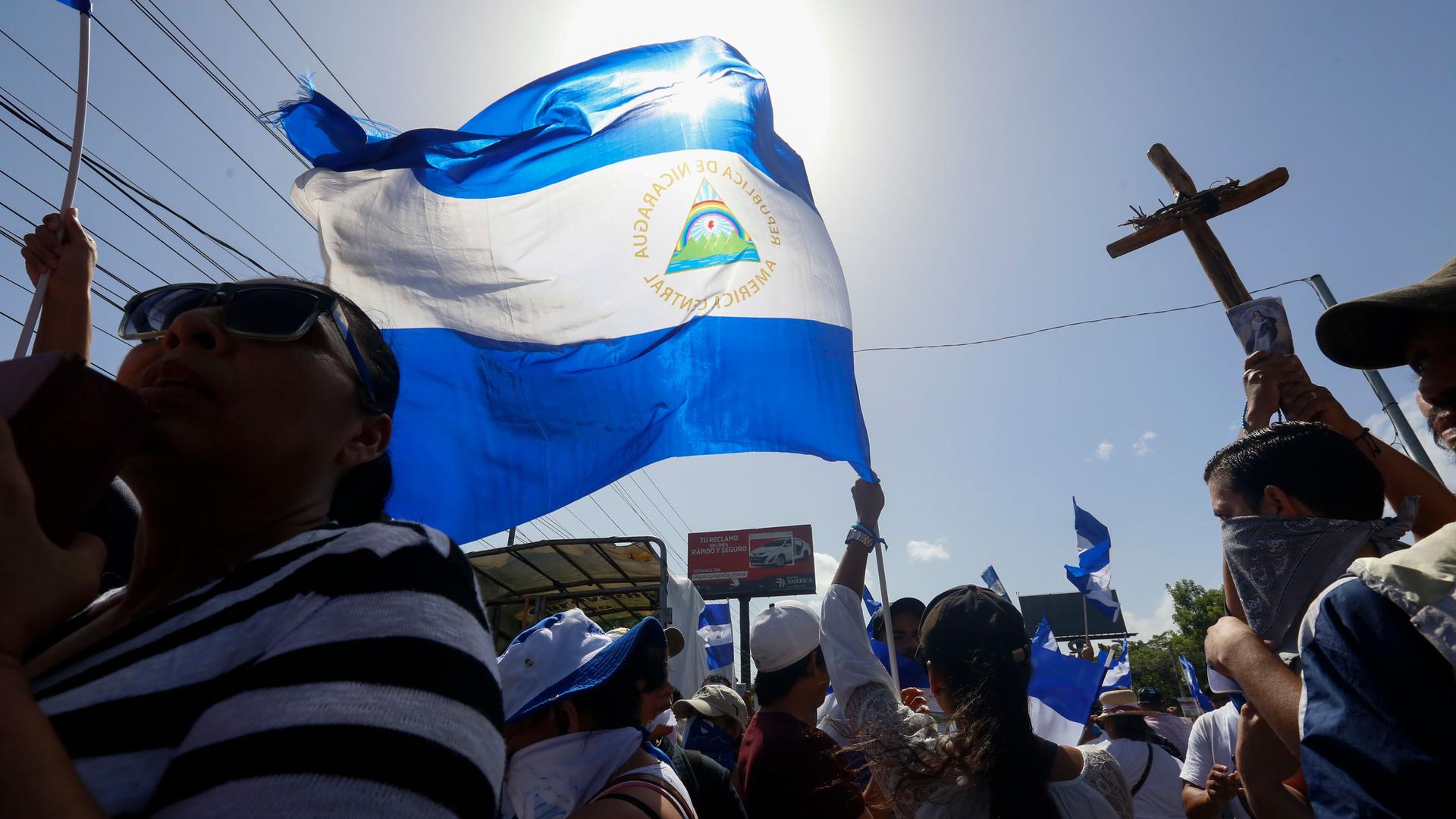Nicaragua seizes Jesuit university in latest clash between president and Catholic Church
Huge replicas of 50 of Nicaragua’s most-important cathedrals and churches stand tall along the waterfront in Managua, Nicaragua’s capital.
Local officials said the statues, constructed eight years ago, were President Daniel Ortega’s idea. He wanted to honor the country’s most-important religious institutions, and in particular, the Catholic Church.
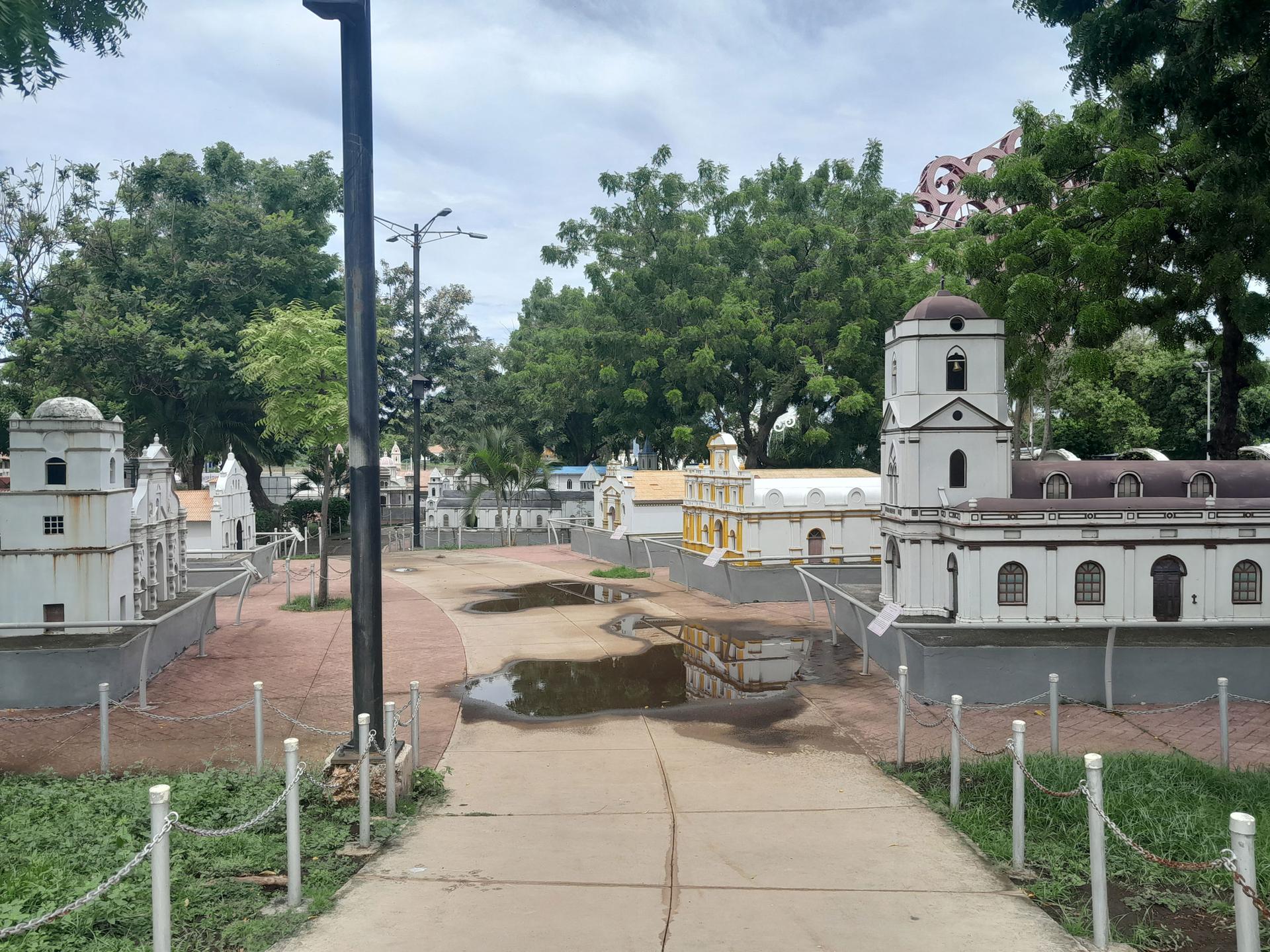
But Ortega and the church are no longer on good terms.
Last week, a judgeordered the seizure of the Central American University, one of the country’s most-important Jesuit institutions. It’s the latest in an ongoing government crackdown on the Catholic Church and church-affiliated institutions inside Nicaragua. But why is the Nicaraguan government at war with the church?
In 2018, the school opened its doors to protesters who were demonstrating against Ortega. The judge ruled that the university had acted as a center of terrorism, “creating lies and elevating levels of violence and destruction.”
The announcement of the seizure dropped like a bombshell. The university repudiated the claims. Former and current students denounced the move invideos online.
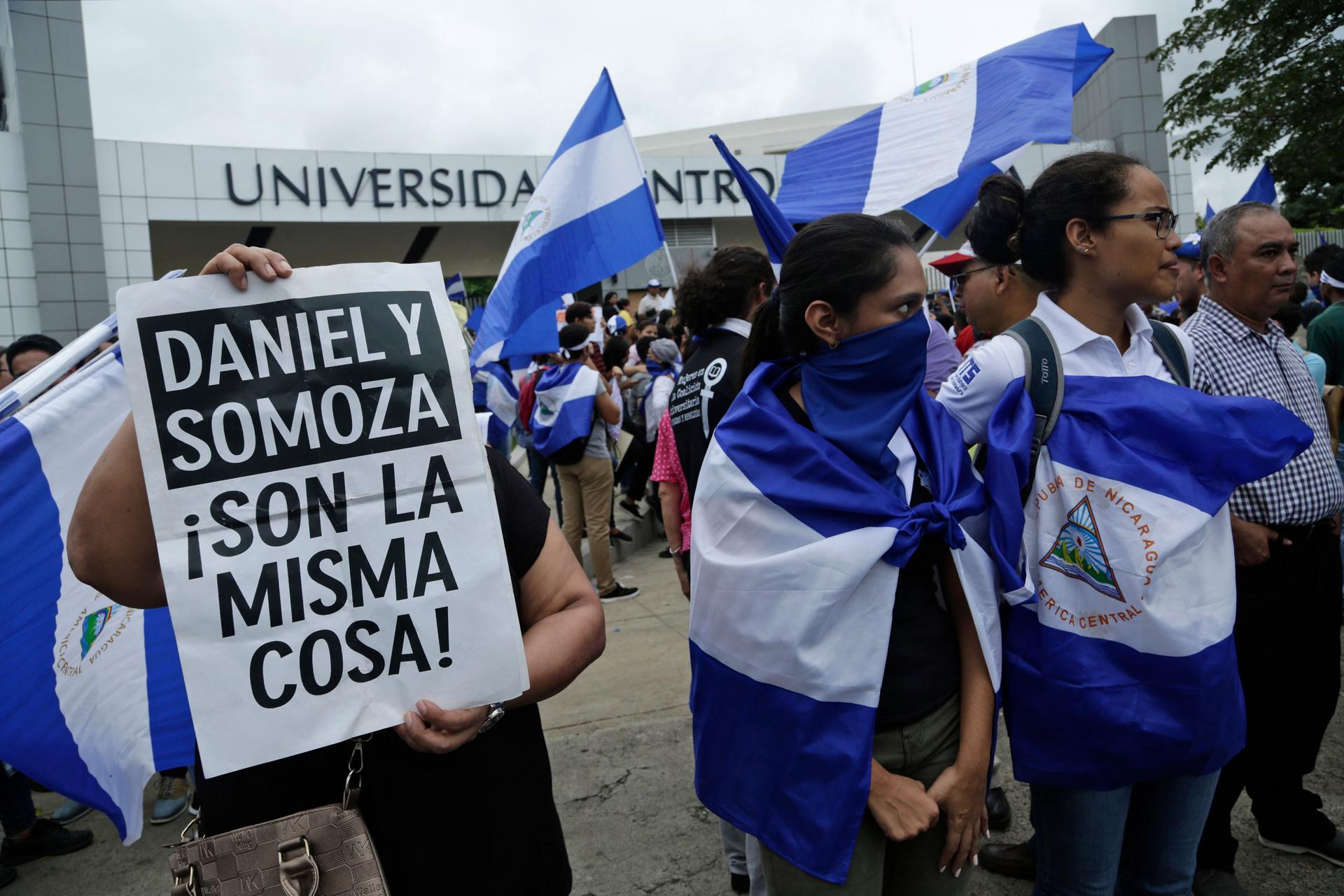
In neighboring Costa Rica, exiled former students protested in front of the Nicaraguan Embassy.
“The regime continues to fear that the students will develop,” one of them told the US government news outletVoice of America. “It doesn’t want them to have their own thoughts and to continue their right to study freely and in democracy.”
Butstudents interviewed by Nicaraguan state media said it wasn’t a bad thing.
“It’s an important change for the student population and for the university population in Nicaragua,” student Sugey Lopez said. “They are going to have greater access to their studies and be able to better adapt to their financial situation.”
The Nicaraguan government hasn’t closed the doors. The Catholic university has been transformed into a state institution — theCasimiro Sotelo Montenegro National University — named after a student martyr from the 1960s.
“We are announcing that this university will be free for all, in order to guarantee education and the future of the country’s youth,” said Ramona Rodriguez, the president of the country’s national university,during a ceremony opening the new school late last week.
In recent years, the government has also seized more than two dozen private universities and transformed them into public institutions. The government says it is democratizing education. The opposition sees it otherwise.
“They are afraid that the students will organize at the universities,” said former student leader Edgar Blanco in a videoposted online. “That’s why they don’t want to leave any private universities untouched.”
Blanco, who now lives in Costa Rica, once led student protests against Ortega in 2018, when widespread street protests rippled across the country.
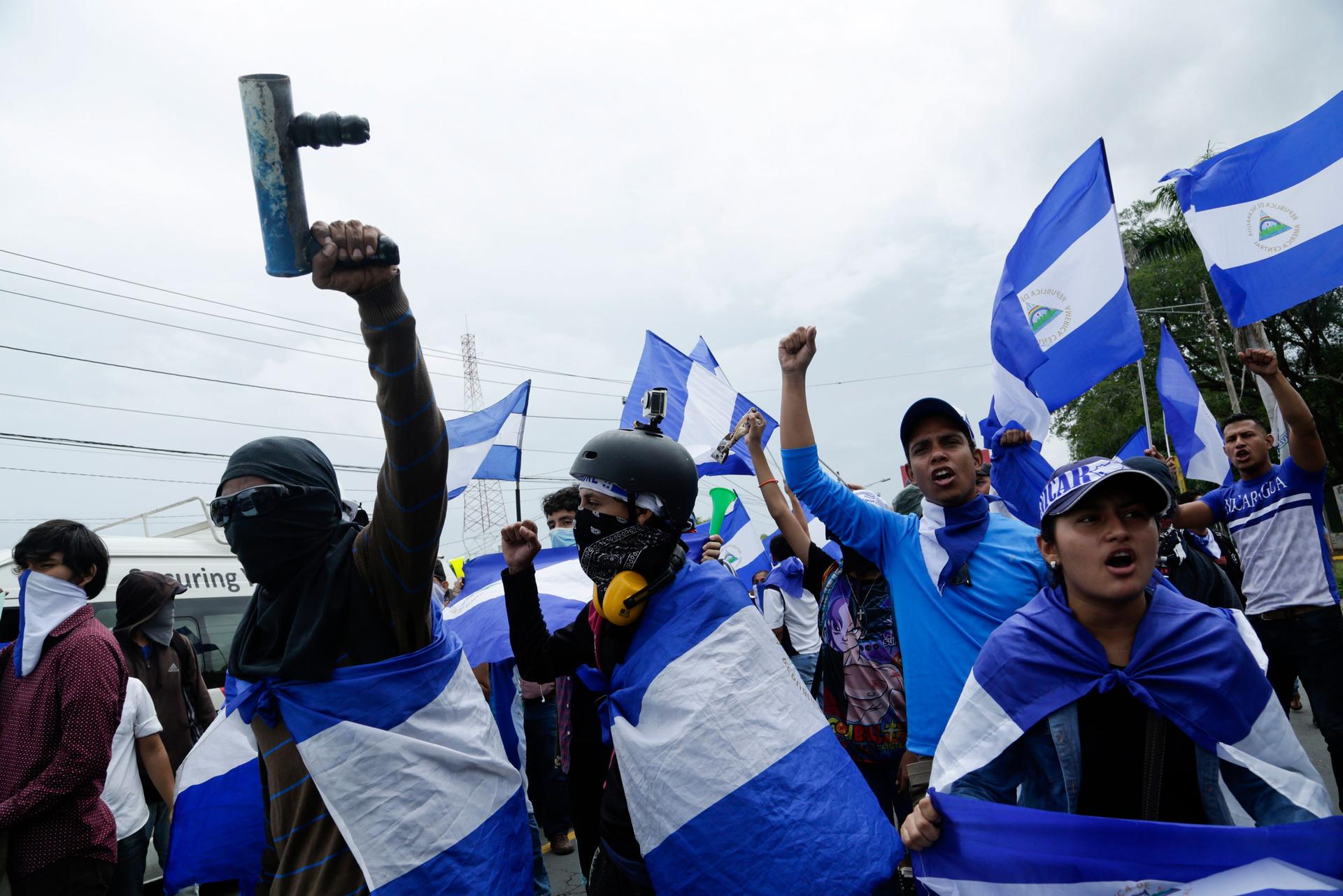
They began as demonstrations against austerity measures andpension reform. State forces cracked down, attacking protesters, which fueled dissent even further. Many were killed, including students. Some protesters were peaceful.Many were not. They threatened and attacked local residents. They called for Ortega to step down.
The clergy said they were standing with the people.
“The murdering president and his wife need to get out,” a priest told a rally outside the Central American University, the school that has now been shut down. “Get out you miserable assassins. Get out. Get out. Get out.”
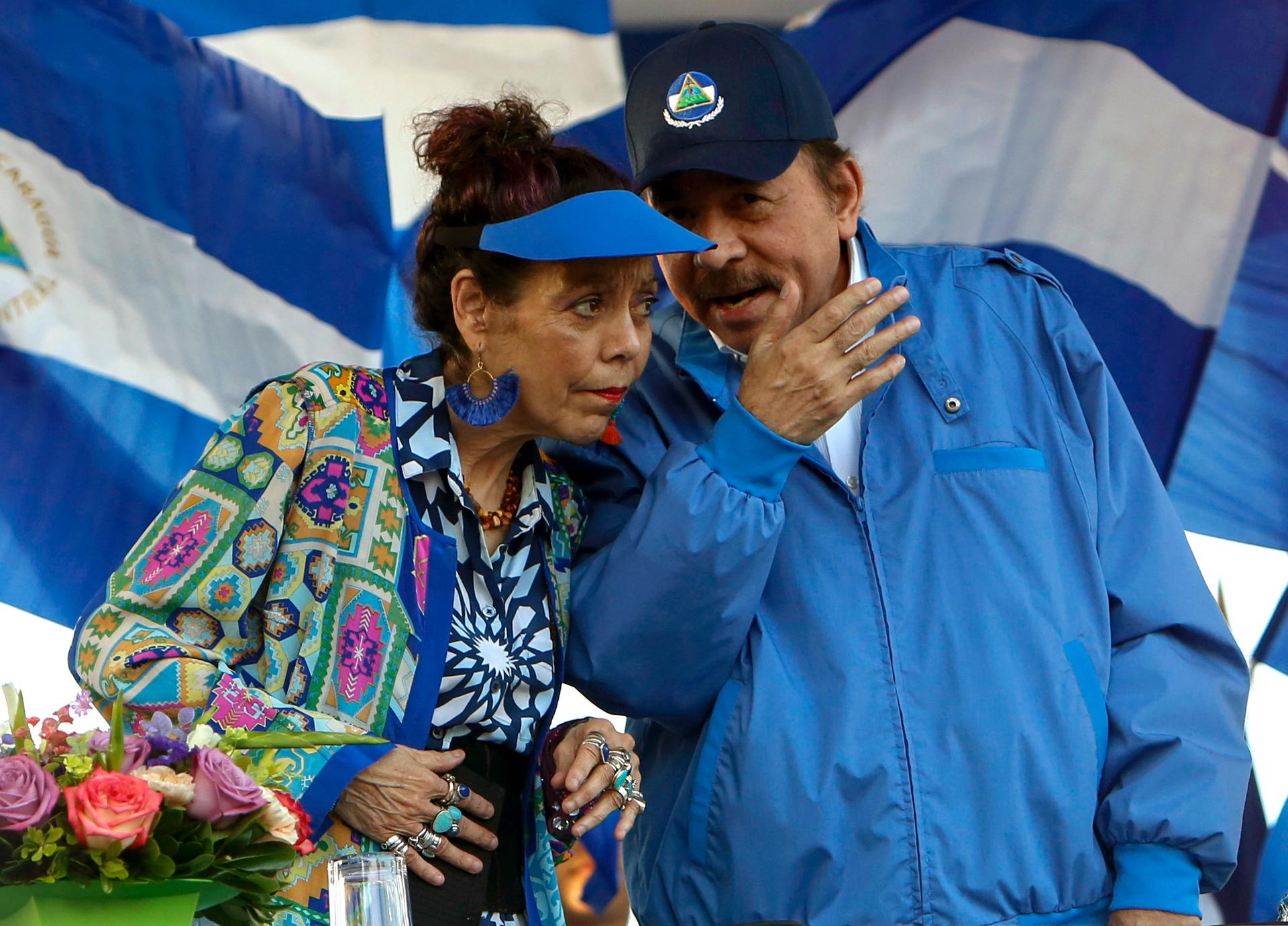
Ortega accused the Catholic Church of fueling the violence, backing the protests and pushing for a coup against his government. Many in Nicaragua say church officials did go too far.
“I’ve done interviews of people who are victims of opposition violence in Juigalpa, in Nueva Guinea and in Rio San Juan, in San Carlos. And in every case, they said that the church was used as a logistics base for the gangs that were operating the roadblocks, preventing people going about their business, extorting money from businesspeople and local farmers trying to move their produce to market through the roadblocks,” saidStephen Sefton, who’s lived in Nicaragua for 30 years and runs the local media collective, Tortilla con Sal.
A video, which surfaced in July 2018, allegedly shows residents of the city of Diriamba protesting against a church, which they discovered had been housing weapons to be used by opposition forces against them.
Since 2018, relations between Ortega and the Vatican have continued to deteriorate.
Ortega has called the Catholic Church “the perfect dictatorship.”
“Who elects the priests? Who elects the bishops? The cardinals? How many votes do they get?” he told state TV.
He broke off diplomatic relations with the Vatican in March. Earlier this year, the pope called Ortega a dictator.
The government has also banned Easter week processions, clergy have been jailed and top church officials have fled the country.
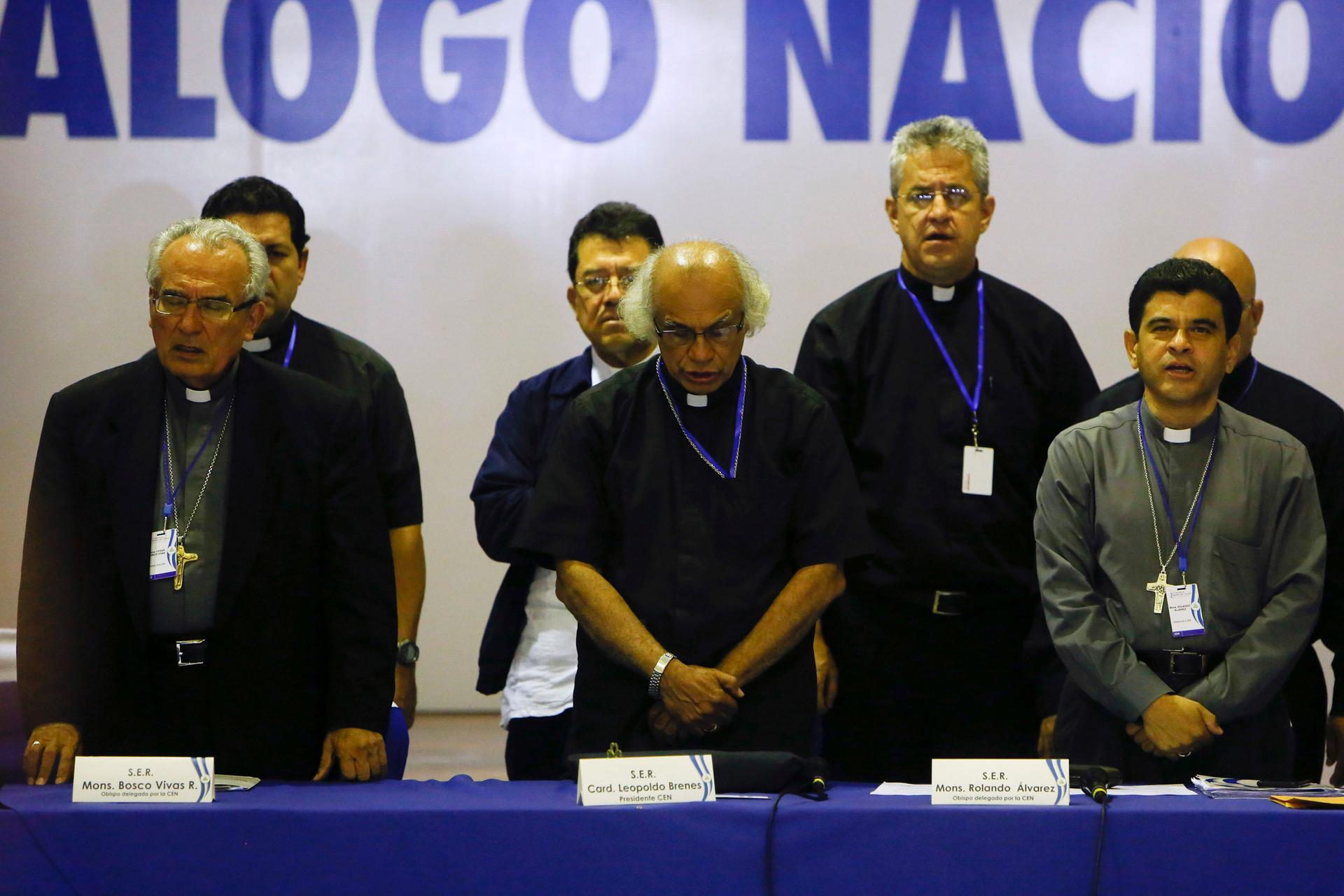
But every Sunday, most Nicaraguans still attend church.
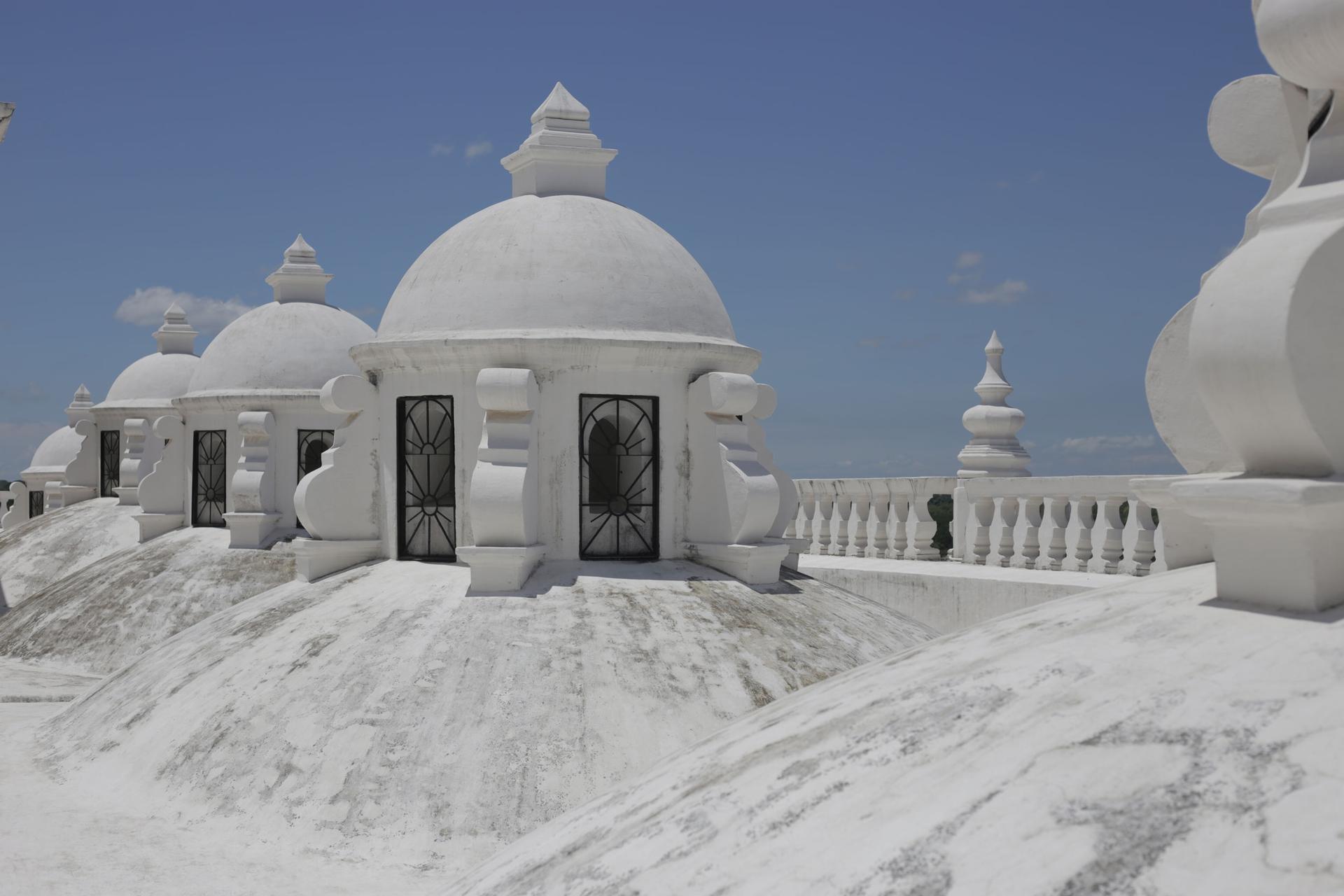
In a recent poll, 82.6% of Nicaraguans said there is freedom of religion in their country.
Ortega has said that he’s religious, too.
“I am a revolutionary, because of Christ,”he told a crowd earlier this year. “The interior strength that I have had over these years to survive, I owe to Christ.”
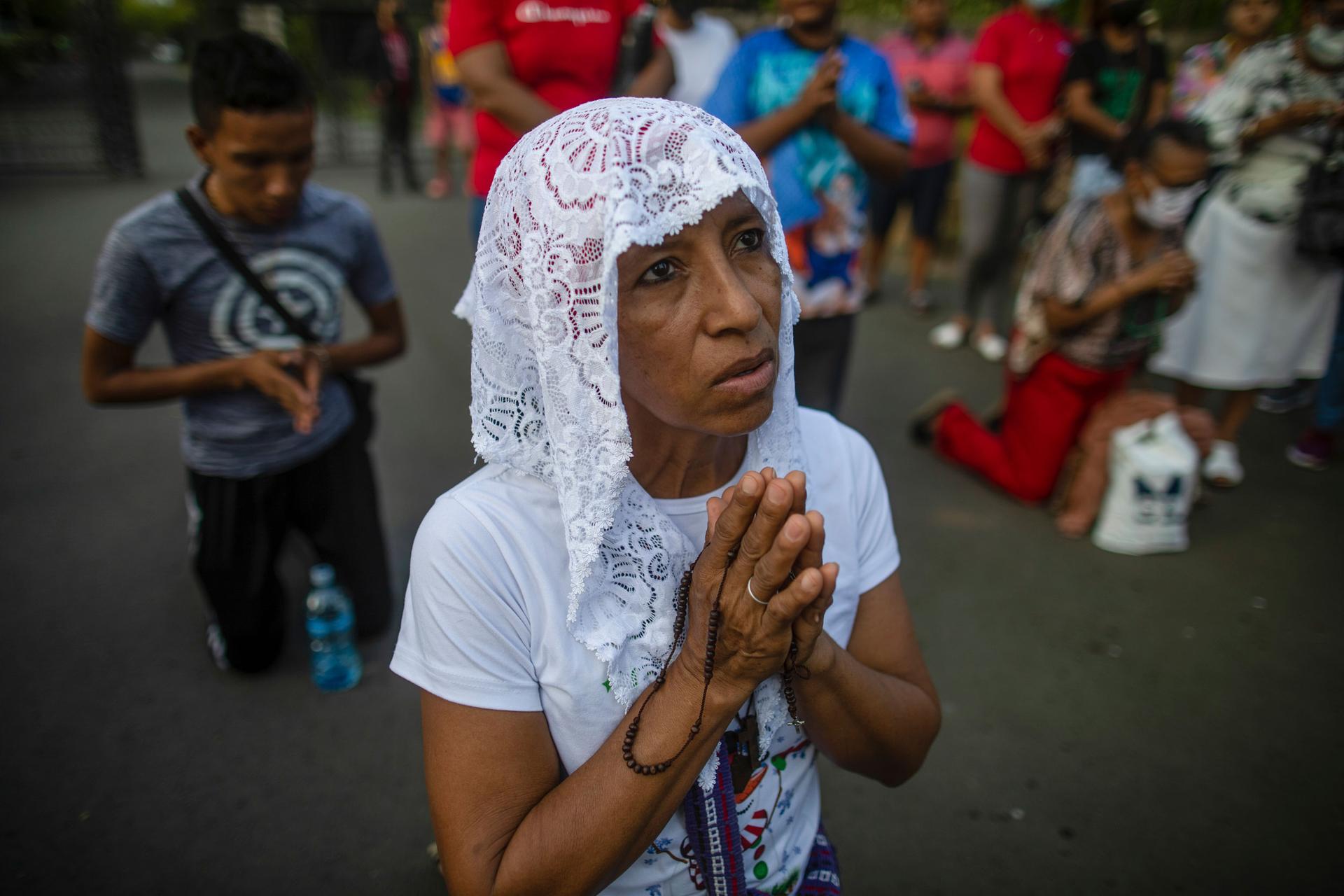
In other words, the conflict is between president Ortega and the Catholic Church itself — not the religion.
This is where issues of education, religion and politics intersect. And in a country as polarized as Nicaragua, there are no easy answers.
But everyone can agree that the closure of the Central American University is only the latest battleground in the fight between Ortega and the Catholic Church.
And the conflict is far from over.
Our coverage reaches millions each week, but only a small fraction of listeners contribute to sustain our program. We still need 224 more people to donate $100 or $10/monthly to unlock our $67,000 match. Will you help us get there today?
